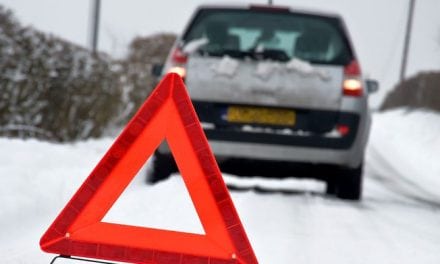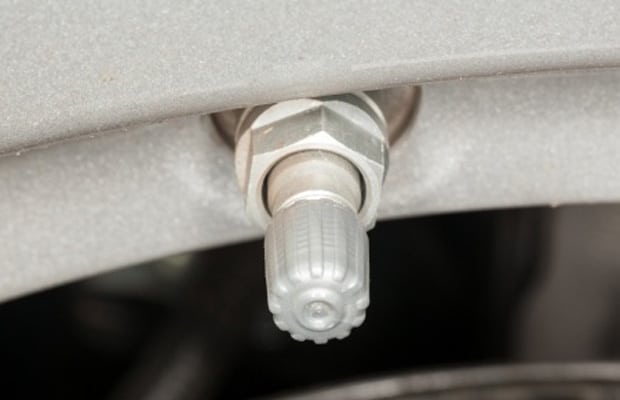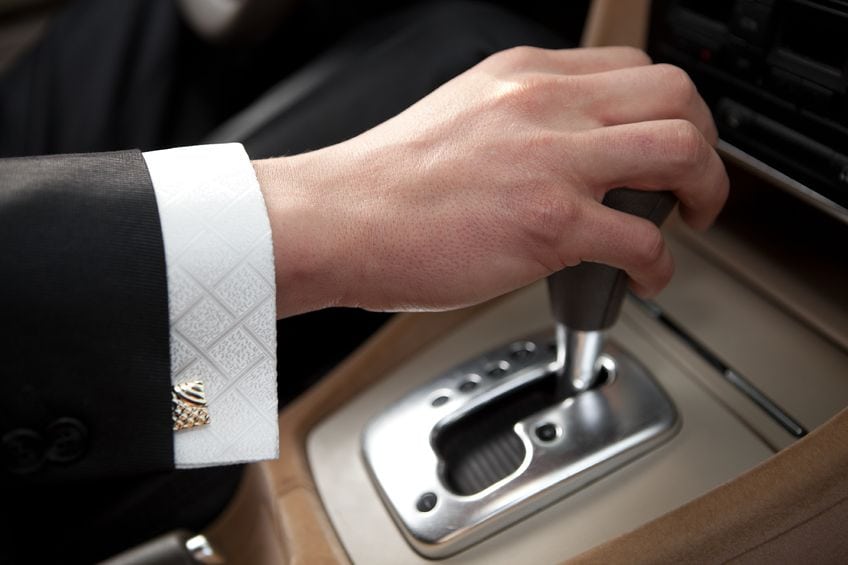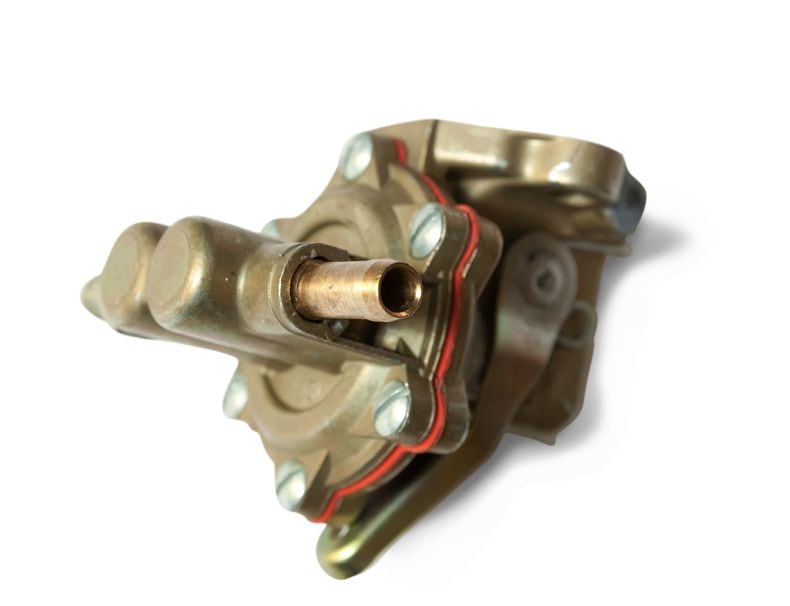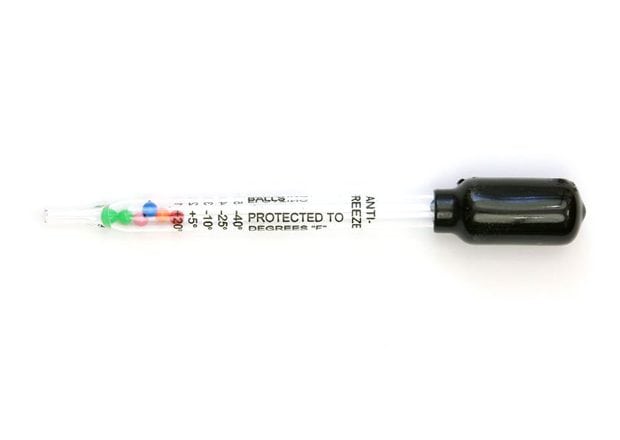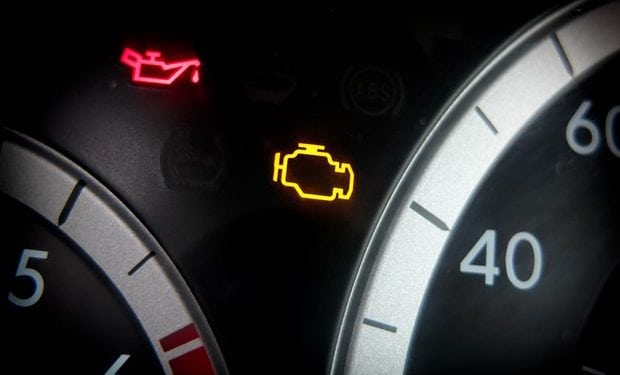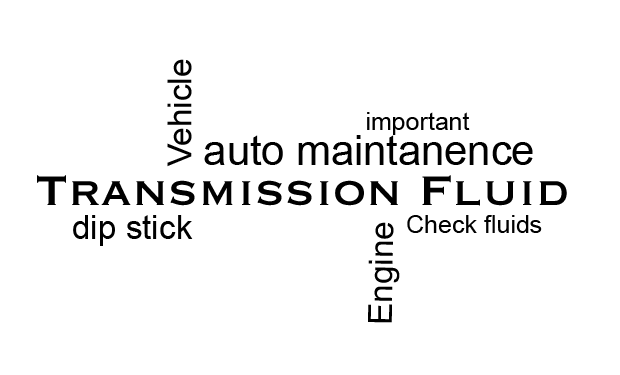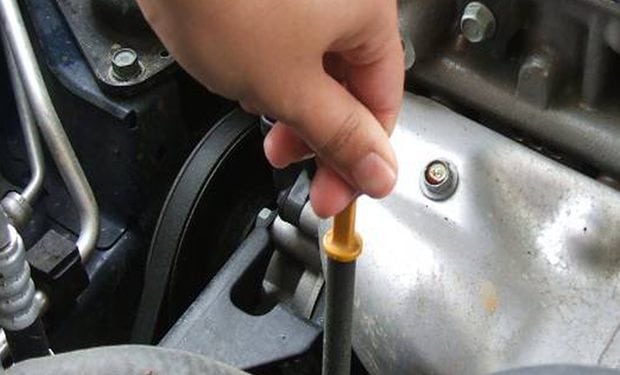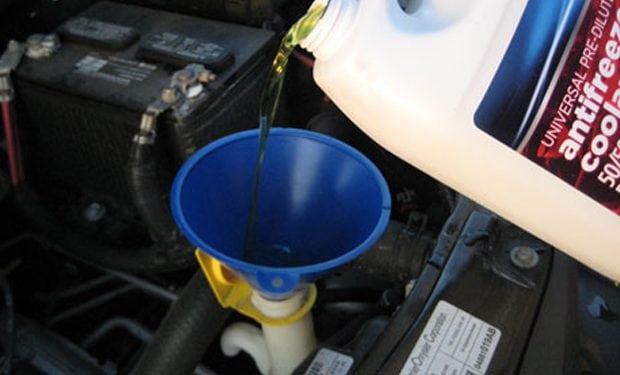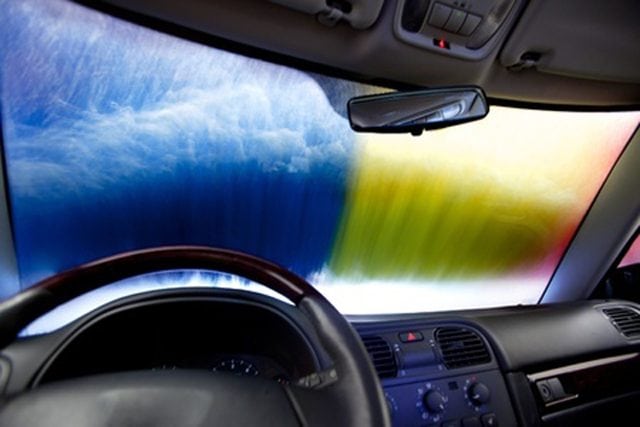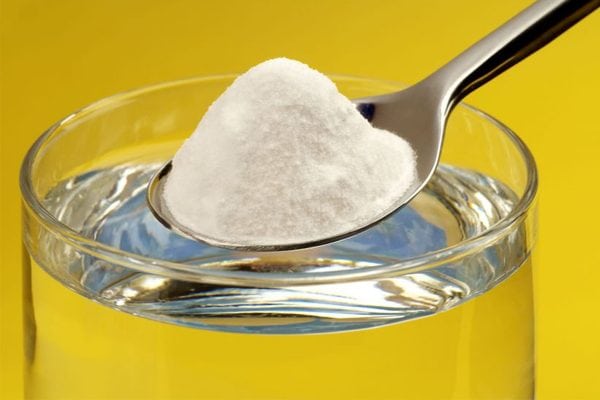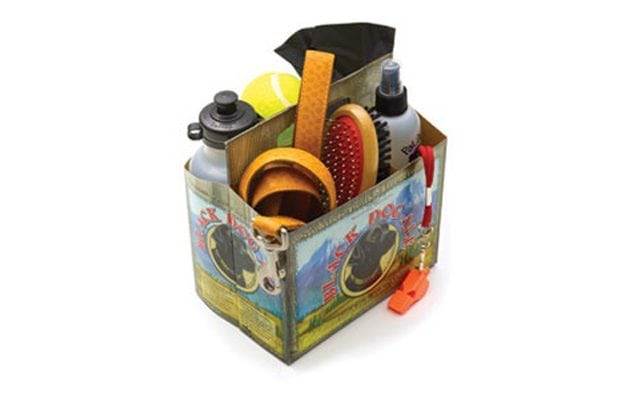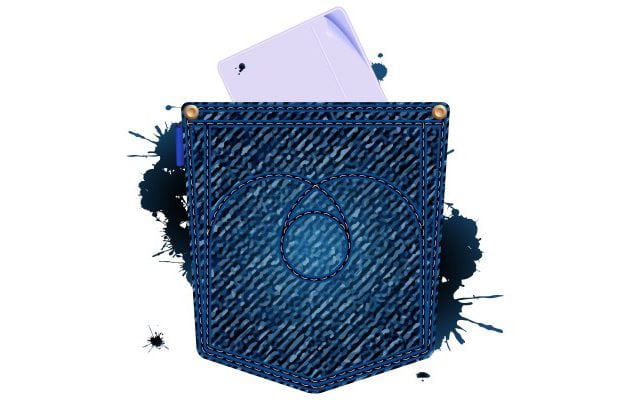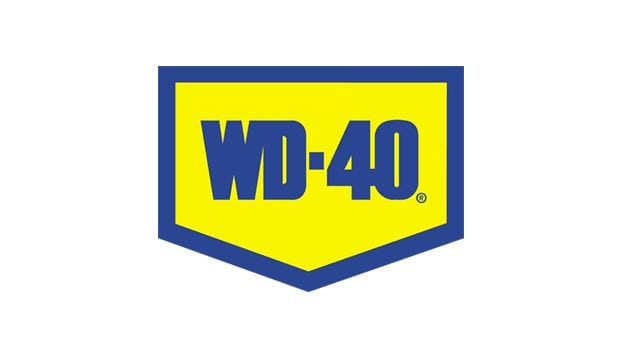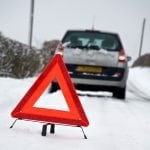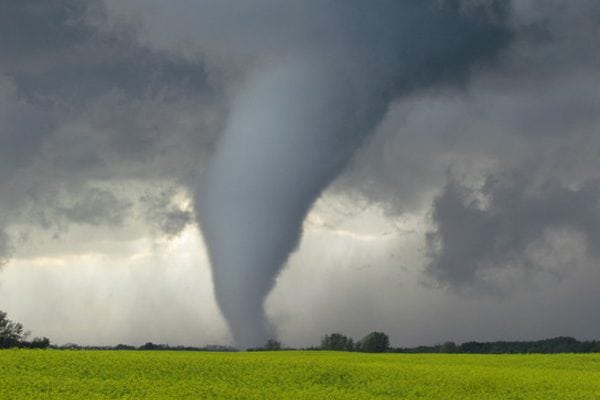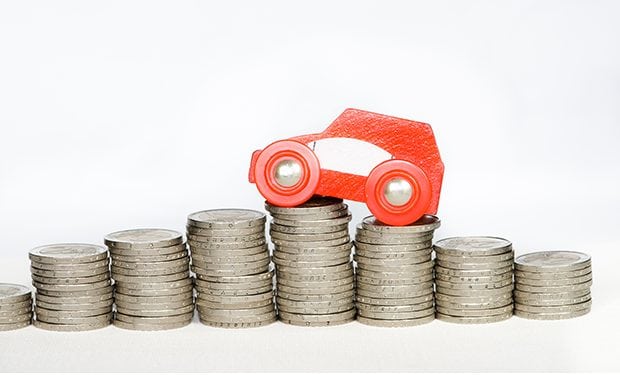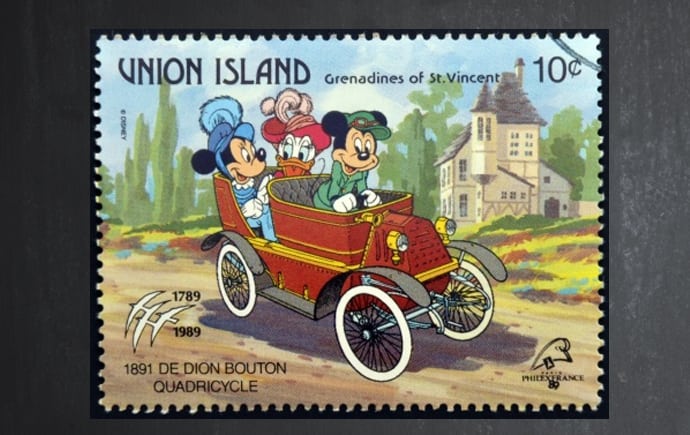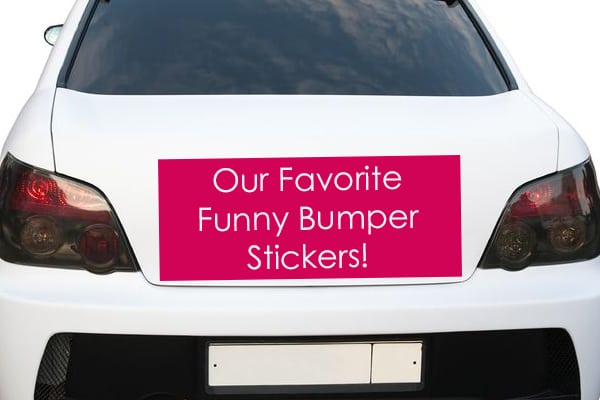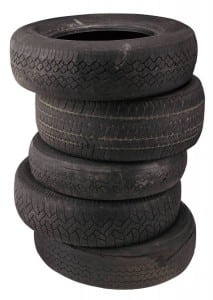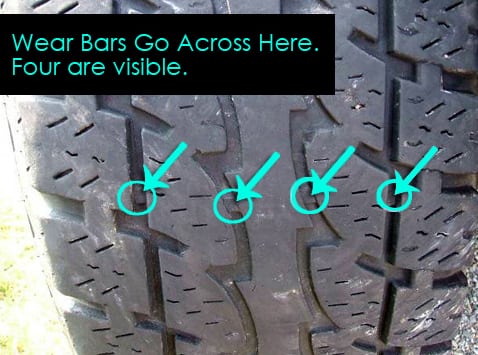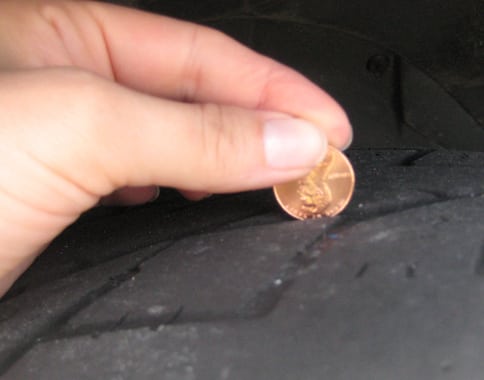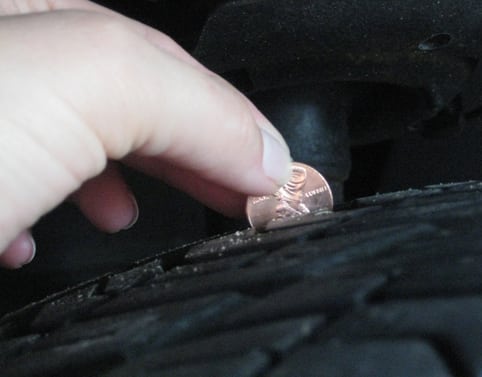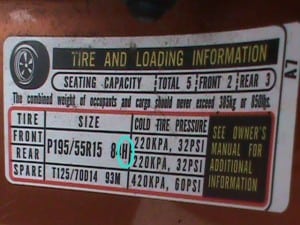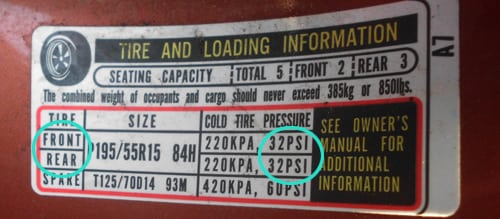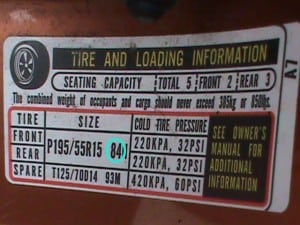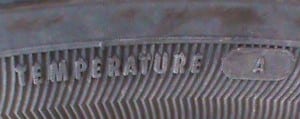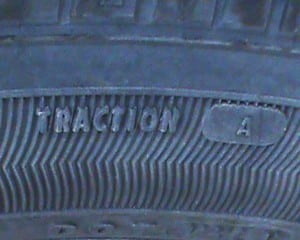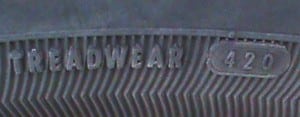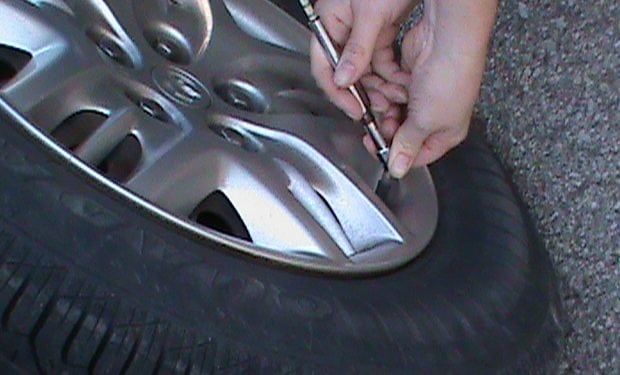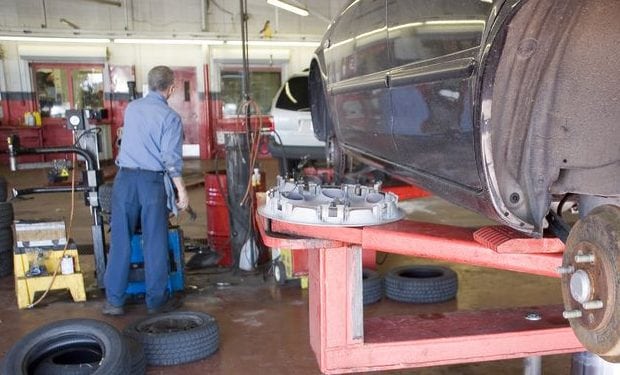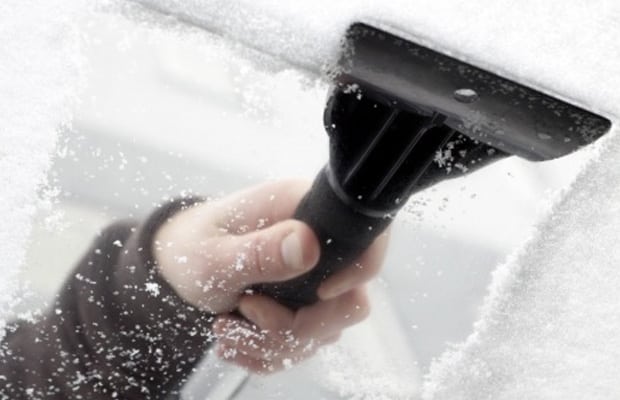
Tire Basics
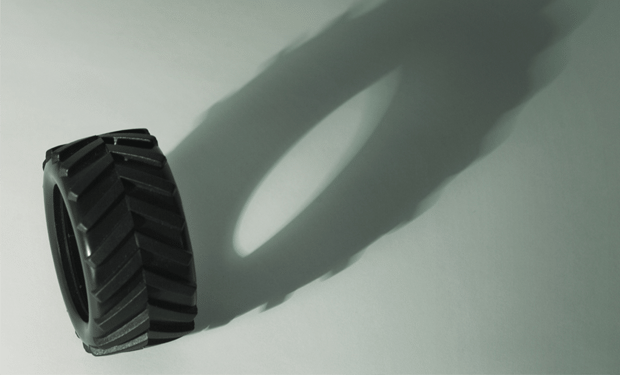
We know you know what a tire is for. Besides the obvious, be aware that tires are important features on your vehicle that impact your safety, the quality of your ride and even your gas mileage.
Symptoms of Failure:
1. If you have a hole or leak in your tires
2. Uneven wear
3. Bumps or bulges
If you aren’t sure if your tires need replaced, click on the symptoms tab for some fool-proof ways to tell.
Care & Repair:
If you determine that you need new tires, here is some information that can help you select the best for your car:
NOTE: For optimal performance, your front tires should be the same and your back tires should be the same. Your front and back tires can be different. If you have an all wheel drive vehicle, all of your tires should be the same or close to the same diameter.
7 key factors that will help you pick the right tire and get back on the road:
1. Tire Size
2. Speed Rating
3. Tire Pressure
4. Loads
5. Temperature
6. Traction
7. Tread Wear
Cost: $100 – $1,000 for 4 tires
![]() TIP: Harder tires will get better gas mileage than a soft tire. Soft tires have better handling and usually give you a better ride.
TIP: Harder tires will get better gas mileage than a soft tire. Soft tires have better handling and usually give you a better ride.
Everyone knows what a tire is for. Besides the obvious, be aware that tires are important features on your vehicle that impact your safety, the quality of your ride and even your gas mileage.
Tires are an important part of the safety of your vehicle and you should be aware of when they need replaced. Below is a picture of a wear bar. A wear bar is there to let you know when you need new tires. If you see the wear bar anywhere on your tire, it means you have only 1/16 of an inch of tread left. Do not wait until you see it across the whole tire. Replace the tire immediately. Also look for bumps or bulges in the tread or the side of the tire. If these are noticed, replace the tires immediately.
WARNING: A tire is officially bald when it has 3/30 seconds of an inch or less of tread left. This is a term you may hear from your technician. When this happens, there is no longer enough tread left for the tire to push water out-of-the-way, making it easier to lose contact with the road, a safety hazard.
WARNING: Most tire manufacturers recommend you change your tires after 5 years because after that the rubber starts breaking down. The age of your tires is listed on the tire itself.
Penny Test
If you are having trouble determining the wear from your tire’s wear bars or cannot find a wear bar, you can always fall back on the classics. Take out a trusty penny and place it into the groove in your tire, with Abe Lincoln upside down. If you can still see all of ole’ Abe’s hair, your tires are worn and need replacing.
Once you have determined that you need new tires, below is some information that may help you determine what is best for your car and lifestyle:
Purchasing Tires
There are hundreds of different types of tires that are available to you, so how do you know what tire is right for you? It is all about your driving style. Consider your lifestyle and then choose your tires. It is like buying shoes for your car, do you need a heavy-duty hiking boot or a sleek pair of stilettos? Tires have been dissected, tested and rated by the National Highway Traffic Administration. This has made it much easier to get what you need, if you know what you are looking for. Check out these 7 key factors that will help you pick the right tire and get back on the road.
NOTE: For optimal performance, your front tires should be the same and your back tires should be the same. Your front and back tires can be different.
NOTE: If you have an all wheel drive vehicle, all of your tires should be the same or close to the same diameter. Different diameter tires turn at different speeds and that can cause wear on your all wheel drive system. Most manufacturers recommend no more than 3/30 seconds of an inch difference between tires on an all wheel drive vehicle.
1. Tire Size:
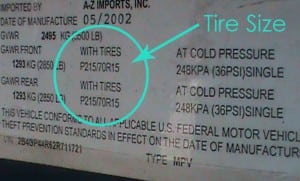
This is called a tire placard and it is often found on the inside of your car door. Circled are the size of the tires.
Your first step should be to make sure that you are getting the right size tire. This is listed on the inside of your door, in your car’s user manual and on the tire itself (if you still have the manufacturer tires on your vehicle). Selecting the right size is important. Most of the time, it is best to stick with the manufacturer’s recommendations.
You can change the size of your tire, but there are a few things to know before you do. Changing the tire size will affect the accuracy of the speedometer. A speedometer works by measuring how many times your wheel revolves over a one-mile distance. Your vehicle is calibrated to the manufacturer’s recommended size wheel and tire. If you decide to change your wheel and tire size, the accuracy of the speedometer will be compromised. With that said, there can be a benefit to changing the size of your tire. Some vehicles come with specialty size tires, these can become exceedingly expensive to replace. (Specialty sizes are sometimes found on previously owned vehicles, special or limited editions. This may also apply to you if you happen to own a monster truck!) Changing your tire size to a standard size could save you money in the long run, although you will have to pay to change the wheel initially. If you decide to change the size, ask the service representative to help you find a tire with a similar rolling diameter. This will help to reduce the inaccuracy of your speedometer when you make the change.
2. Speed Rating:
Tires are rated to perform up to maximum speed. Most tires are rated well over the normal driving speeds for average drivers. A tire’s speed rating is printed on the tire next to the load rating, but if you can’t find it, ask the service representative to point it out. Below is a chart that details tire speed ratings:
Q- Up to 100mph
R- Up to 106mph
S- Up to 112mph
T- Up to 118mph
U- Up to 124mph
H- Up to 130mph
V- Up to 149mph
W- Up to 168mph
Y- Up to 186mph
Z- 149mph and up
3. Tire Pressure:
The recommended tire pressure is printed on the tire placard which is usually found on the inside of your car door. The maximum tire pressure is what is printed on your tire.
The tire load is usually only a factor to consider for bigger trucks that haul a lot of weight. However, if you have a boat or camper to haul, you should probably know your tire load capacity. In this case a higher load capacity is preferable.
5. Temperature:
A tire’s temperature grade refers to the tires ability to stand up to high heat. This is important if you drive long distances in a warm climate or during summer months. So, if you drive the state of Texas every other day, double-check that your tire has a high temperature grade. The grade is printed on the tire, next to the word temperature, and indicates whether it is an A, B, or C rating (A being the best).
6. Traction:
Traction refers to a tire’s ability to stop on wet pavement. Traction is graded on a scale from AA, A, B, and C. AA is the highest grade, which means the shortest stopping time. You can spot this information on your tire, you should see print that says “Traction” followed by your tires grade letter.
7. Tread Wear:
The tread wear is exactly what it sounds like, how long will it take for the tread on the tire to wear. The ratings for a tire’s tread wear is printed on the tire. It is a number that is based on a control tire, which is rated at 100. The number printed on the tire will show how long your tire will last in contrast to the control tire (the control tire was developed as part of government testing). So if you have a tire that has the number 200 next to the word “tread wear”, your tire will last twice as long as the control tire. Most tread wear ratings are from 200 – 600. The higher the tread wear rating the more distance you will get out of tire.
WARNING: Most manufacturers use their own control tire when it comes to tread wear ratings; so when you compare tires, you should use the same company.
$100 – $1,000 for 4 tires
Tires have an extremely wide range of prices. More expensive tires may have features that enhance your driving experience. As general a rule, higher end tires may improve your ride, but are made of softer rubber and will probably wear out faster than cheaper tires. Cheaper tires are made of a harder rubber and will most likely last longer, but you might have a bumpier ride.
Before you call around to compare prices, have your tire size, speed and load rating on hand. You may also want to have a brand in mind. Choosing one brand will allow you to make sure you are comparing apples to apples, since there are so many types of tires. If you like the tires you had, stick with that brand.
When you get your quote, find out if they are including taxes and a road hazard warranty. Some places include a road hazard warranty which will cover a nail in your tire or something of that nature for the first year. The second year, it will usually cover 50% of the repair. If a road hazard warranty is separate, it will usually cost about $15 – $25 per tire.

